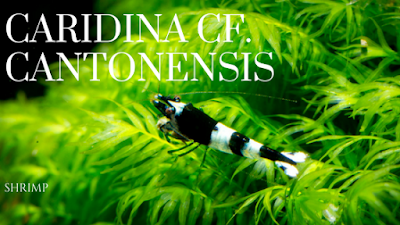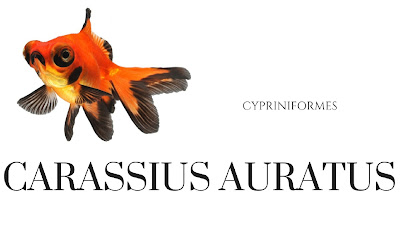General Specifications
Latin Name: Pterois Volitans
Geographic Origin: Western Pacific.
Nutrition Format: Carnivorous. Small fish, shrimp, frozen baits.
Behavior: Moderate aggressive. Most of the time a fish is peaceful but hunters will hunt small fish.
Behavior to Their Type: Moderately aggressive
Gender Discrimination: It is difficult to determine the difference between male and female.
Reproduction
Male fish live with harem. A male mates with many female. They spawn in the evening after an all-day courtship. They leave about 2000 eggs and that eggs can be found in the form of a few artillery. The offspring will be released within 36 hours. The calves are fed with plankton.
Living Medium
Light: Normal
Salinity: 1025
Temperature: 22 ° C - 28 ° C
Salinity: 1025
Temperature: 22 ° C - 28 ° C
Maximum Sizes: 38 cm.
Minimum Aquarium Capacity: 300 liters
Minimum Aquarium Capacity: 300 liters
Reef Compatibility: Compatible, attention should be paid to nitrates.
pH: 8.2 - 8.5
General Comments: These fish has very interesting looking. They are touted as nitrate bombs, also they eat too much and grow more in the aquarium. That causes pollution in aquarium, because of that if you feed lionfish, you must check regularly quality of water. They hunt small fish and shrimp in the tank. You must be very careful while feeding and moving because their spines are poisonous. They are more active in night.




















